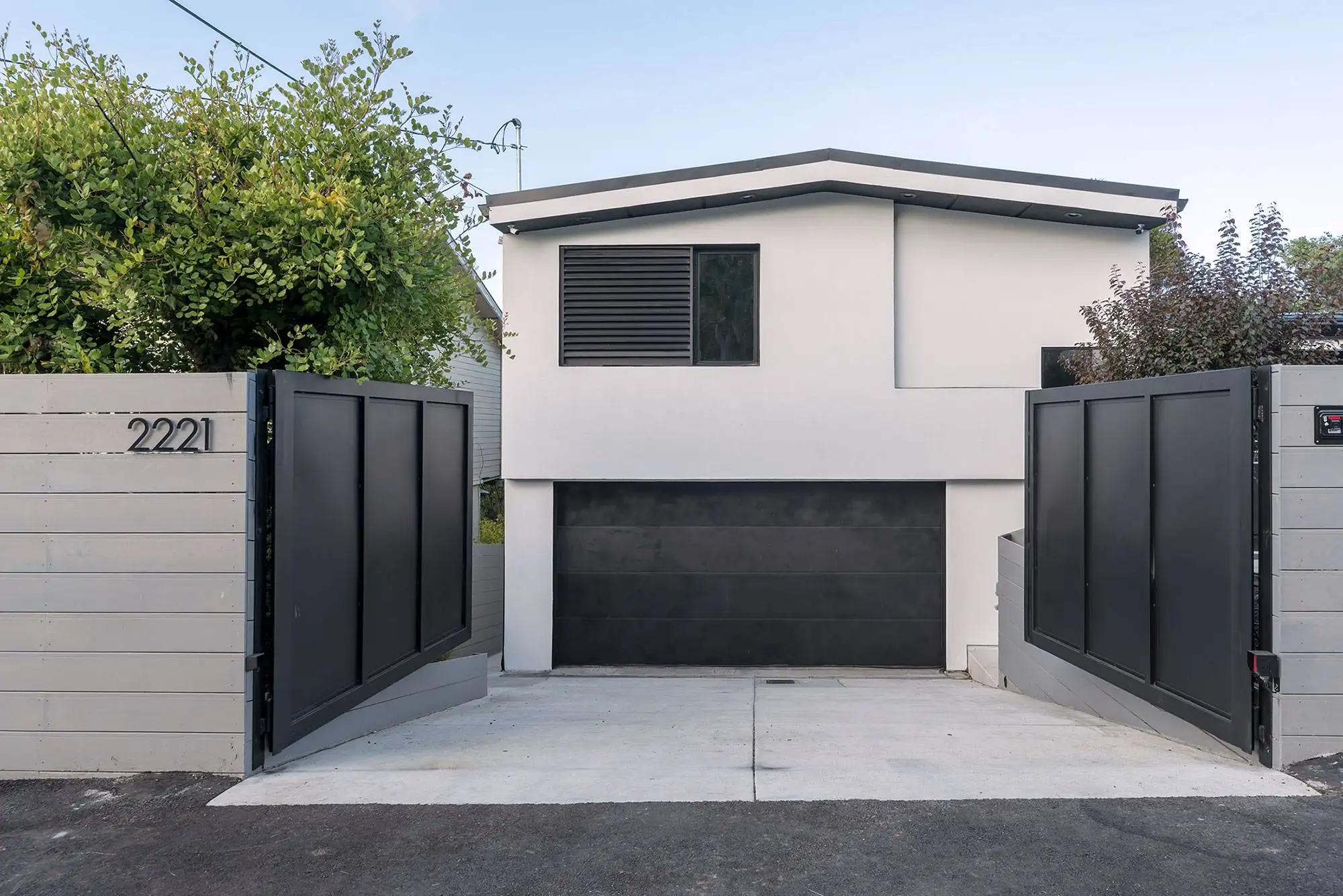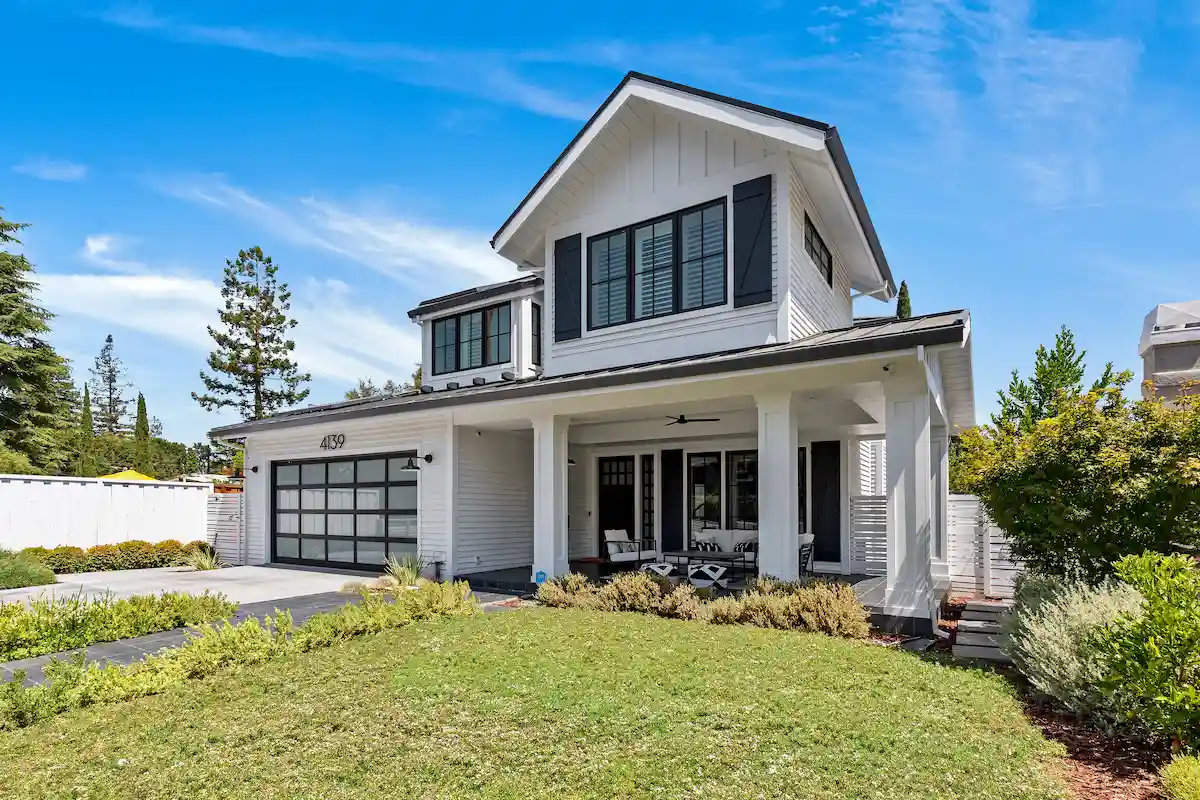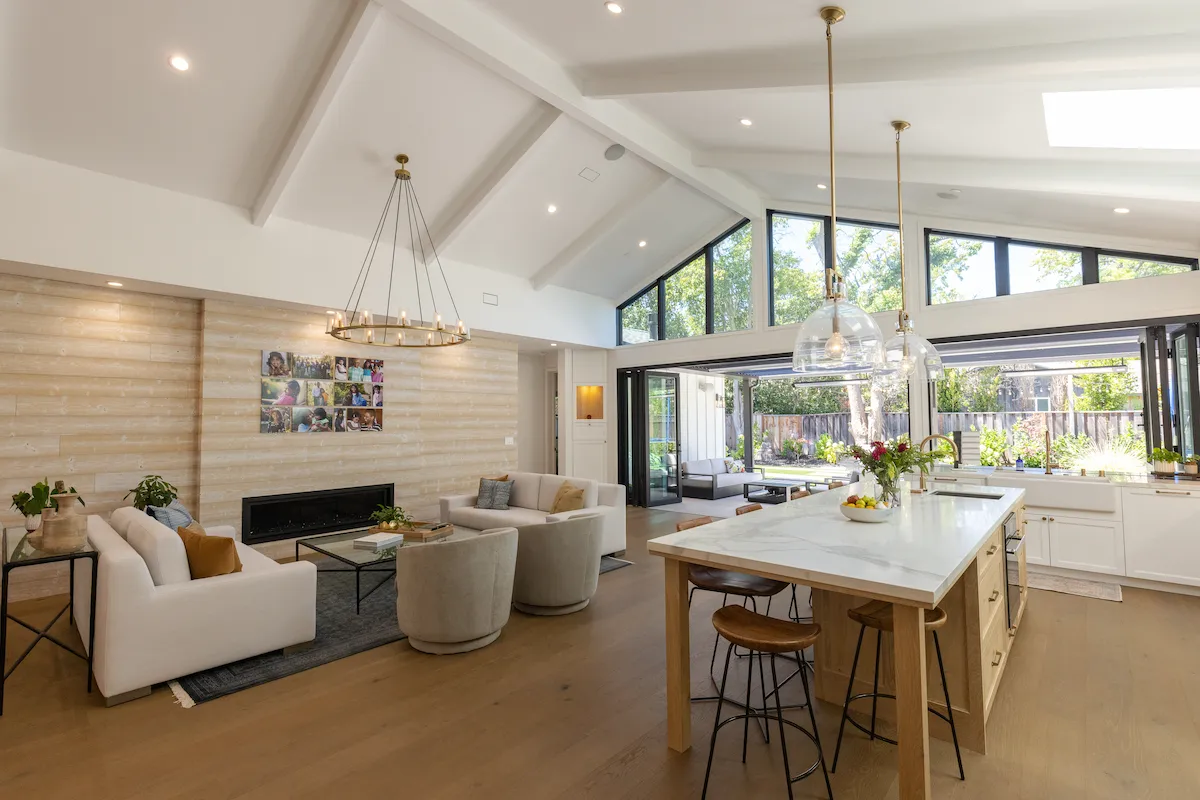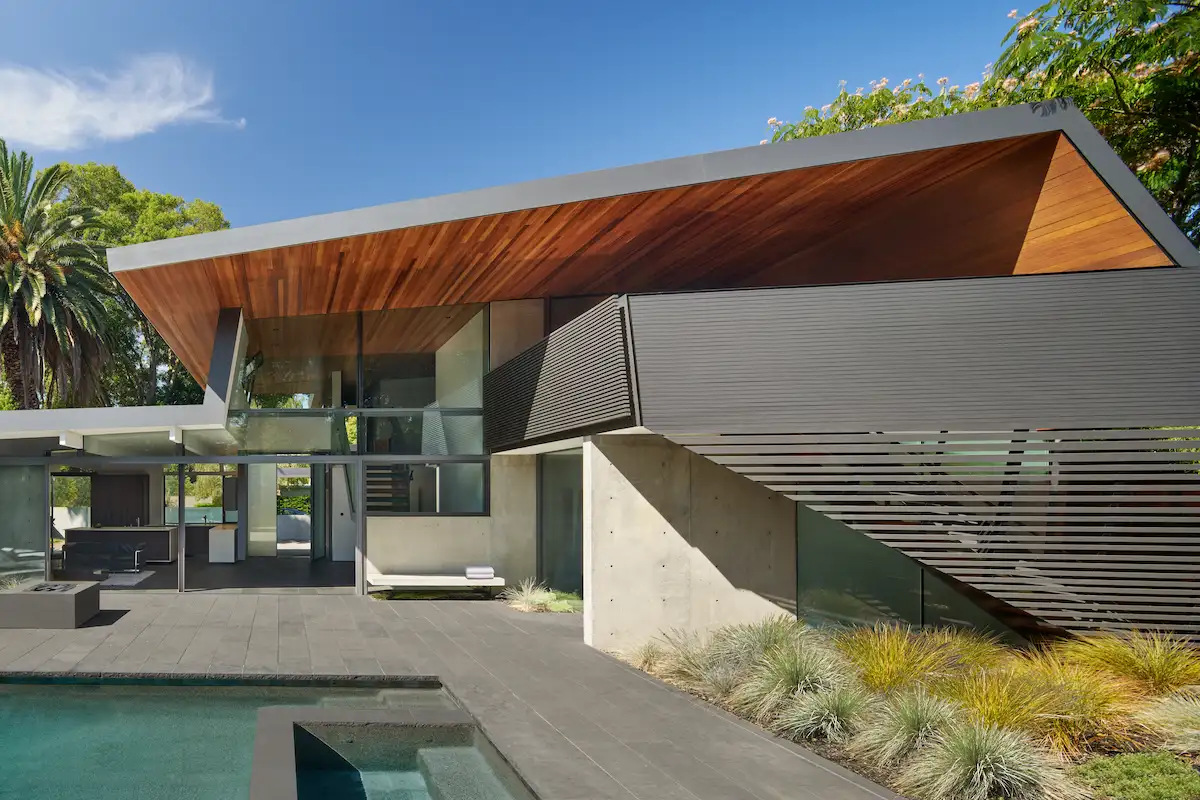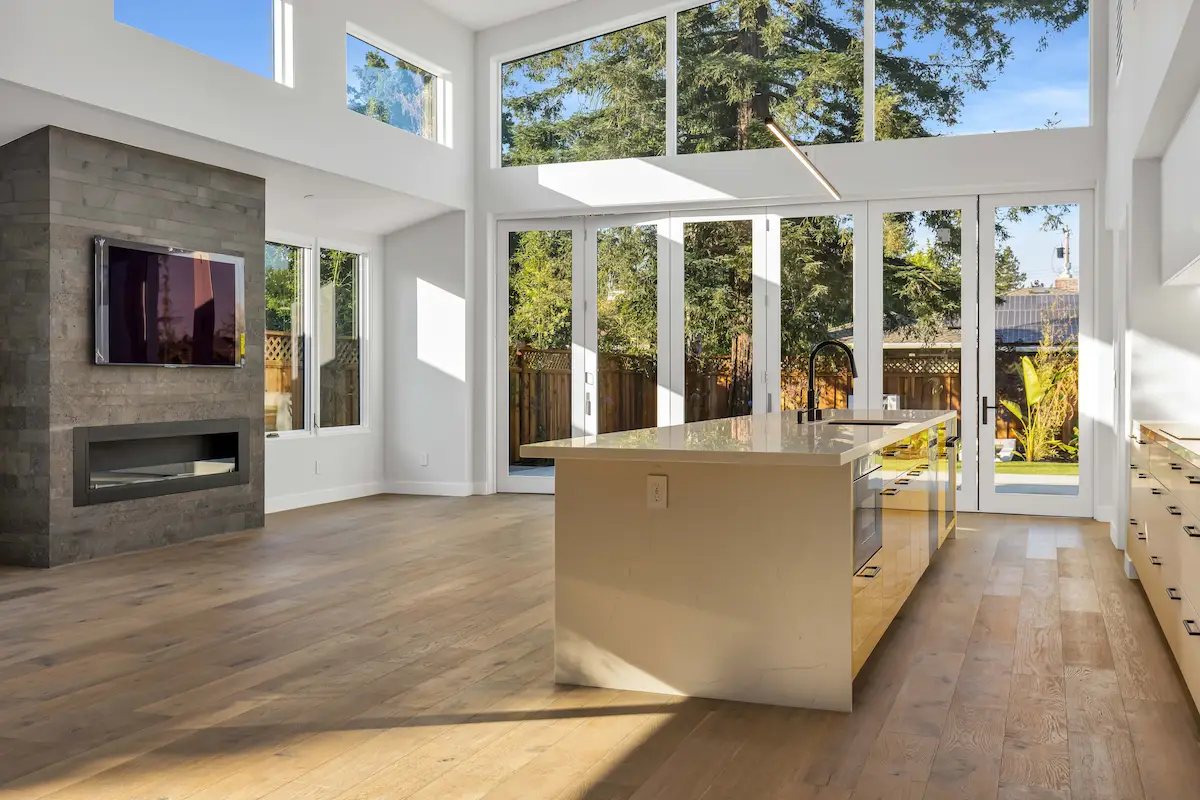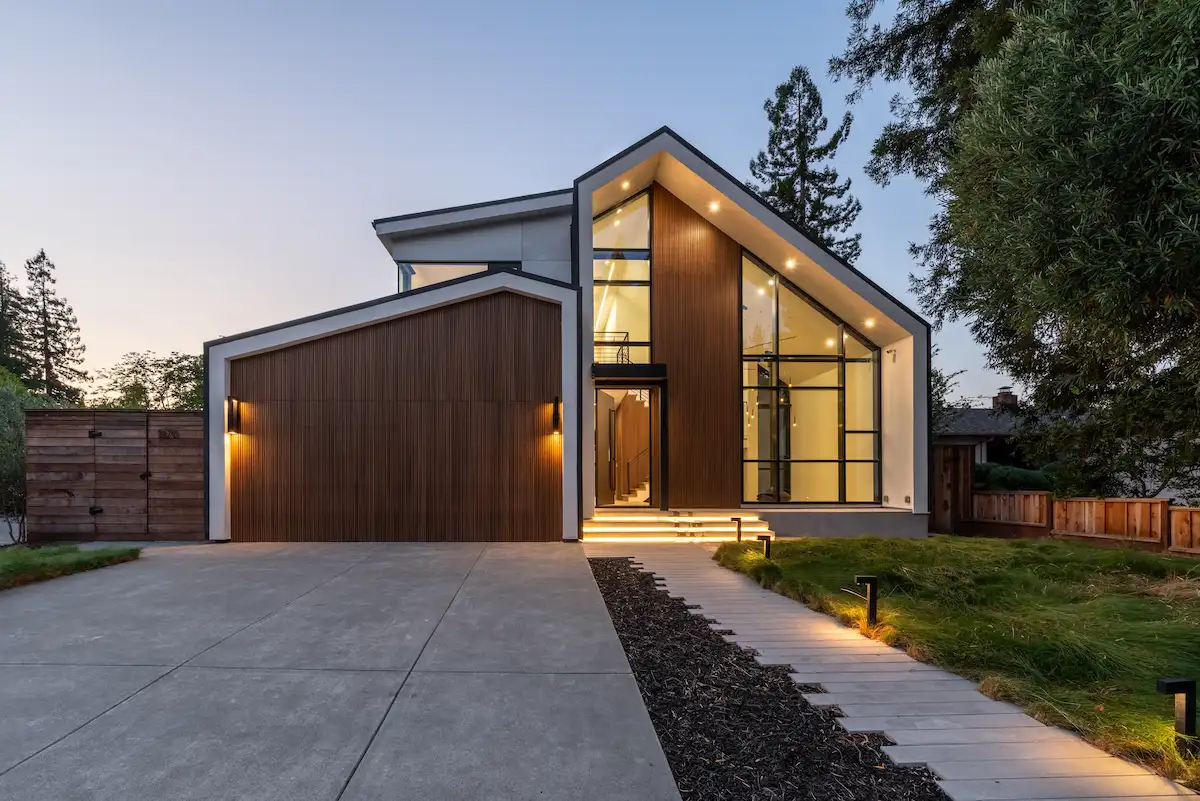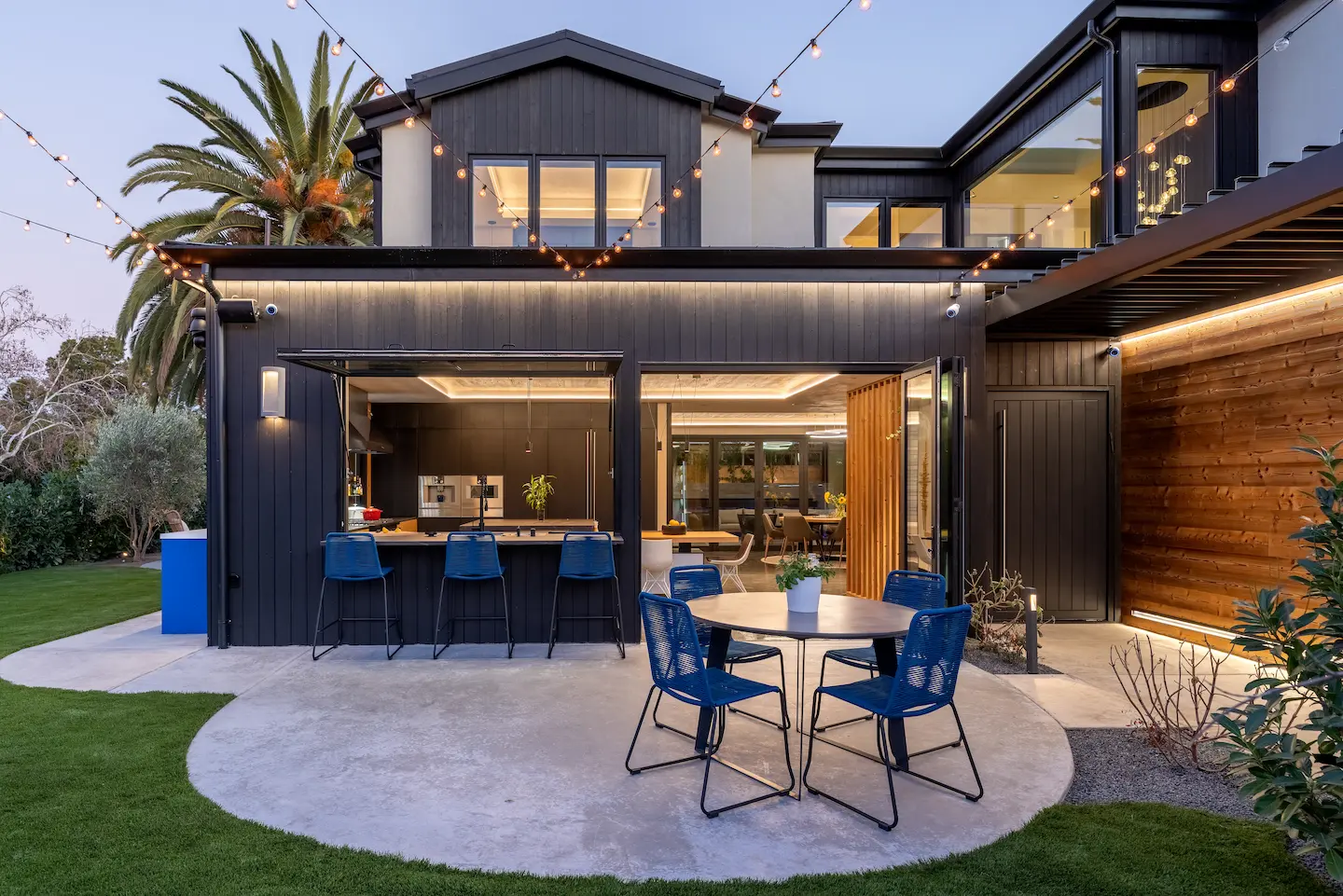Green Building Tax Credits 2025: How I Saved $47,000 on My Sustainable Remodel
Posted
May 17, 2025

Last week, my client Michelle from San Mateo received a $23,400 federal tax refund check. Three months earlier, she got another $18,200 rebate from PG&E. Add in the $5,800 California tax credit, and she saved $47,400 on her $180,000 home renovation.
The best part? She didn’t sacrifice a single design element she wanted. Her home is more beautiful, more comfortable, and significantly more valuable than before.
Most Bay Area homeowners have no idea these incentives exist. They’re spending full price on renovations while leaving tens of thousands in tax credits and rebates on the table.
I’ve been helping clients navigate green building incentives for over a decade, but 2025 is different. With California’s aggressive push toward carbon neutrality by 2045, the financial incentives for sustainable home improvements have never been larger or more accessible.
Here’s exactly how to stack federal, state, and utility incentives to dramatically reduce your renovation costs while building a more sustainable home.
1. The 2025 Federal Tax Credit Goldmine
The Inflation Reduction Act transformed green building from a nice-to-have into a financial no-brainer. These aren’t small rebates – we’re talking about credits that can cover 30-50% of major sustainable upgrades.
Here are the federal tax credits my clients are using right now:
Solar Panel Systems
Federal Tax Credit: 30% of cost
Maximum Credit: No limit
Expires: Dec 2032
Heat Pump Installation
Federal Tax Credit: 30% of cost
Maximum Credit: $2,000 per unit
Expires: Dec 2032
Energy Storage (Batteries)
Federal Tax Credit: 30% of cost
Maximum Credit: No limit
Expires: Dec 2032
Geothermal Systems
Federal Tax Credit: 30% of cost
Maximum Credit: No limit
Expires: Dec 2032
Electric Vehicle Chargers
Federal Tax Credit: 30% of cost
Maximum Credit: $1,000
Expires: Dec 2032
Real example
David in Palo Alto installed a $45,000 solar system with battery backup. His federal tax credit? $13,500. Combined with local rebates, his net cost dropped to $28,000 for a system that eliminates his $320 monthly electric bill.
But federal credits are just the beginning.
2. California’s Aggressive Green Incentive Stack
California isn’t messing around with its 2045 carbon neutrality goal. The state has created the most generous renewable energy incentive program in the country.
Here’s what my clients are claiming in 2025:
- California Solar Initiative: Up to $1,000 per kW installed
- Self-Generation Incentive Program (SGIP): $200-400 per kWh for battery storage
- California Heat Pump Rebate: $3,000-8,000 depending on income and equipment efficiency
- Whole House Electrification Rebates: Up to $14,000 for comprehensive electric upgrades
- Energy Efficiency Rebates: $500-2,500 for insulation, windows, and HVAC upgrades
Michelle’s project that I mentioned in the opening? Here’s her exact incentive breakdown:
Michelle’s $180,000 Green Renovation Incentives:
- Solar system (8kW): Federal 30% credit = $7,200
- Heat pump system: Federal credit = $2,000 + CA rebate = $4,500
- Battery storage (13.5kWh): Federal 30% credit = $4,500 + SGIP = $5,400
- Whole house insulation: CA rebate = $1,800
- Smart electrical panel: Utility rebate = $1,200
- Energy-efficient windows: Federal credit = $600 + utility rebate = $1,200
Total savings: $47,400 (26% of project cost)
3. The Utility Company Money Most People Miss
Your utility company is literally paying homeowners to reduce energy consumption. PG&E, SMUD, and other Bay Area utilities offer rebates that most contractors don’t even know exist.
These aren’t small amounts. I’ve helped clients claim $5,000-15,000 in utility rebates on single projects.
Current PG&E rebates for 2025:
- Smart thermostats: $50-125 per unit
- Heat pump water heaters: $500-1,500
- Induction cooking: $300-500 rebate
- Heat pump HVAC: $1,500-3,000
- Whole home energy upgrades: Up to $6,500
- Energy storage systems: $500 per kWh installed
Pro tip: Utility rebates often require pre-approval and specific equipment models. Apply before purchasing equipment, not after installation.
The Johnsons in Fremont saved $8,200 on their kitchen remodel by choosing induction cooking, a heat pump water heater, and smart appliances that qualified for multiple utility rebates.
4. The Green Building ROI That Changes Everything
Here’s what nobody talks about: green improvements don’t just save money on incentives – they add serious property value. After tracking hundreds of projects, I can show you exactly what sustainable upgrades deliver.
Property value increases from green upgrades:
- Solar systems: Add 4-6% to home value (often exceeding installation cost)
- Energy-efficient HVAC: 3-5% value increase plus $150-300 monthly utility savings
- Smart home integration: 2-4% value bump and massive buyer appeal
- High-performance windows: 1-3% value increase plus comfort improvements
- Advanced insulation: 2-4% value increase plus year-round comfort
Case study: The Chen family in Mountain View invested $85,000 in comprehensive green upgrades after incentives. Their home appraised $140,000 higher six months later. That’s a 65% immediate return on investment, plus $280 monthly utility savings.
But the financial benefits extend far beyond resale value.
5. The Monthly Savings That Keep Paying
Green upgrades create permanent monthly savings that compound over decades. I track my clients’ utility bills before and after renovation, and the results are remarkable.
Average monthly savings from comprehensive green renovation:
Home Size: 1,500-2,000 sq ft
Pre-Renovation Bill: $280-350
Post-Renovation Bill: $45-85
Monthly Savings: $235-265
Annual Savings: $2,820-3,180
Home Size: 2,000-2,500 sq ft
Pre-Renovation Bill: $350-450
Post-Renovation Bill: $65-105
Monthly Savings: $285-345
Annual Savings: $3,420-4,140
Home Size: 2,500-3,000 sq ft
Pre-Renovation Bill: $450-600
Post-Renovation Bill: $85-140
Monthly Savings: $365-460
Annual Savings: $4,380-5,520
Home Size: 3,000+ sq ft
Pre-Renovation Bill: $600-800
Post-Renovation Bill: $110-180
Monthly Savings: $490-620
Annual Savings: $5,880-7,440
Over 20 years, these savings add up to $60,000-150,000 in avoided utility costs. Combined with the immediate tax credits and rebates, the total financial benefit is staggering.
Insider Secret: I help clients calculate the total 20-year financial impact before starting any green renovation. This “lifetime value analysis” shows the true cost savings and helps prioritize which upgrades deliver maximum return.
6. How to Stack Incentives Like a Pro
The secret to maximizing incentives is proper sequencing and documentation. Most homeowners miss thousands in available credits because they don’t understand the application process.
Here’s my proven system for incentive optimization:
Step 1: Pre-Approval Phase
- Research all available federal, state, and utility incentives
- Apply for utility rebates before purchasing equipment
- Verify contractor and equipment qualifications
- Document baseline energy consumption
Step 2: Installation Phase
- Use only qualified equipment models
- Obtain all required inspections and certifications
- Collect detailed invoices and receipts
- Schedule utility company verification visits
Step 3: Claims Phase
- File federal tax credits with Form 5695
- Submit state rebate applications within deadlines
- Process utility company rebate claims
- Keep all documentation for potential audits
Critical timing tip: Some incentives are first-come, first-served with limited annual funding. File applications early in the year for best availability.
7. The 2025 Green Building Technologies Worth the Investment
Not all green technologies are created equal. After managing hundreds of sustainable renovation projects, I know exactly which upgrades deliver maximum value in 2025.
Highest ROI green upgrades for Bay Area homes:
- Solar + battery systems: 15-25% annual ROI with current incentives and utility savings
- Heat pump HVAC: 12-18% ROI plus superior comfort and air quality
- Smart home integration: 10-15% ROI and massive buyer appeal
- High-performance insulation: 8-12% ROI and year-round comfort improvements
- Energy-efficient windows: 6-10% ROI plus noise reduction and UV protection
Technologies to approach carefully:
- Ground-source heat pumps (high upfront cost, limited space requirements)
- Micro-wind systems (inconsistent Bay Area wind patterns)
- Fuel cells (emerging technology with limited local support)
The key is matching technology to your specific home, budget, and lifestyle while maximizing available incentives.
8. Avoiding the Green Building Pitfalls
I’ve seen homeowners lose thousands in incentives due to simple mistakes. Here are the costly errors to avoid:
- Wrong equipment models: Only specific models qualify for rebates. Verify eligibility before purchasing.
- Missing deadlines: Many incentives have strict application windows. Mark calendar deadlines.
- Inadequate documentation: Keep detailed records of all purchases, installations, and inspections.
- Unqualified contractors: Some rebates require certified installers. Verify contractor credentials.
- Piecemeal approach: Comprehensive projects often qualify for bonus incentives that individual upgrades miss.
The most expensive mistake? Completing work before applying for pre-approval rebates. I’ve seen homeowners forfeit $10,000+ in incentives this way.
Final Results
Green building in 2025 isn’t just about environmental responsibility – it’s about smart financial planning. The combination of federal tax credits, state rebates, and utility incentives can cover 25-50% of sustainable renovation costs.
When you add in the property value increases, monthly utility savings, and long-term financial benefits, green renovations often pay for themselves within 3-7 years while continuing to deliver value for decades.
My clients who embrace sustainable building are:
- Saving $20,000-50,000 in immediate incentives
- Reducing monthly utility costs by 60-80%
- Increasing home values by 3-8%
- Creating more comfortable, healthier living environments
- Future-proofing their homes against rising energy costs
With California’s 2045 carbon neutrality deadline driving aggressive incentive programs, there’s never been a better time to go green.
Conclusion
The green building incentive landscape in 2025 represents a once-in-a-generation opportunity for Bay Area homeowners. Federal tax credits, state rebates, and utility incentives have aligned to make sustainable renovations incredibly affordable.
But these incentives won’t last forever. Federal credits begin stepping down after 2032. State programs have annual funding limits. Utility rebates change based on grid needs.
The homeowners who act now – who invest in sustainable improvements while incentives are at their peak – will reap financial benefits for decades to come.
Your home renovation doesn’t have to cost full price. With proper planning and incentive optimization, you can build the sustainable home of your dreams while saving tens of thousands of dollars.
Ready to discover your green building incentive potential? Contact Greenberg Construction for a comprehensive sustainable renovation consultation and learn exactly how much you can save on your next project.
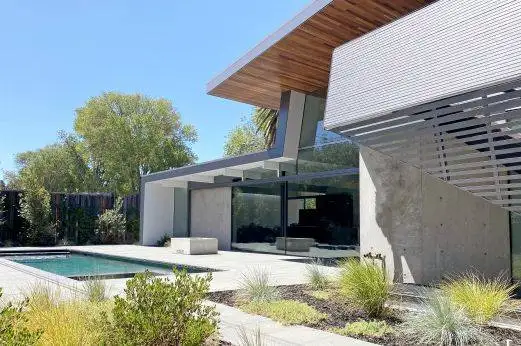
Greenberg Construction – Crafting Homes For Modern Lifestyle
Discover more insights for your dream home

